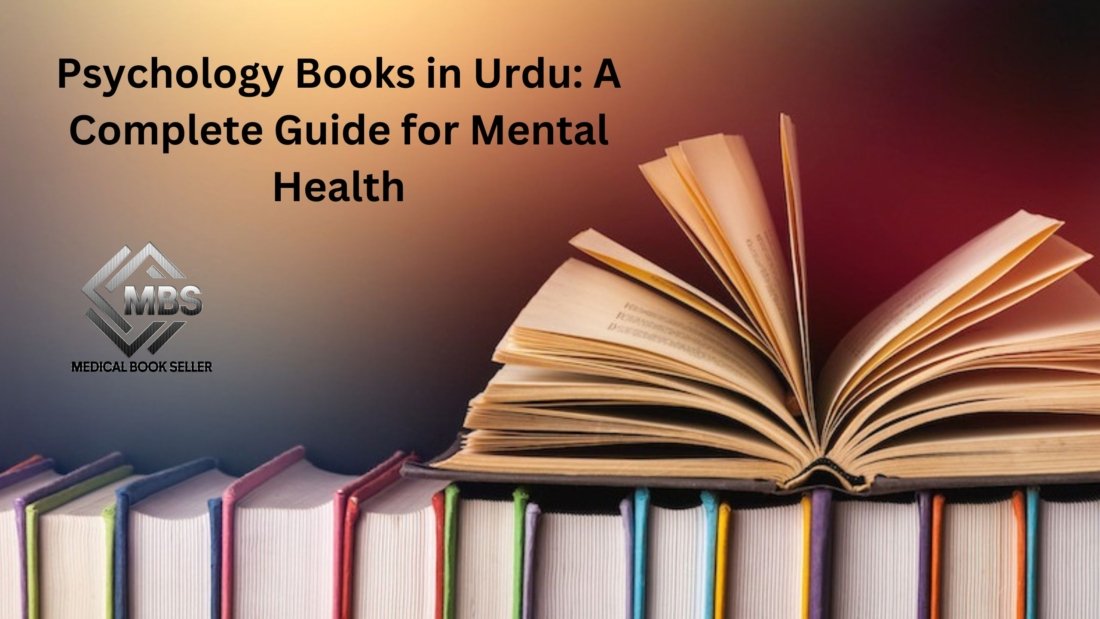“Robbins Pathology” is the book which helps to understand how diseases influence the human body. This way, complicated concepts from medical science are explained in simple terms, with an emphasis on a subject the program calls pathology – the nature of disease. Inexpensive yet sophisticated and complex, this guide will be useful to students and other interested persons and professionals in reference to the processes that are associated with diseases. chiefly through the coverage of content such as cellular alterations, tissue reactions, and the immunological system in relation to diseases the book "Robbins Pathology" enables students to comprehend how and why diseases occur.
The Importance of Pathology in Medicine and Health:
Diagnostic pathology is an indispensable branch of medicine due to its ability to offer understanding of the factors, progression and consequences of diseases. By writing this paper, the reader is able to obtain an understanding of normal and abnormal physiology in order to interpret signs and symptoms for prognosis and reasoning behind treatment strategies from “Robbins Pathology.” It allows different healthcare providers to make definite diagnoses and to offer the most appropriate and required treatments.
Core Concepts in "Robbins Pathology"
This textbook presents the fundamentals of the disease process, which are organized in accordance with Robbins Pathology. Let’s look at some of the book’s core concepts, each of which plays a crucial role in our understanding of health and disease:
- Cell Injury and Cell Death:
The issue of cellular injury and death is one of the main focuses in the “Robbins Pathology”. They are held simply to be the structural units of all tissue and organs of the human body. In toxic or infectious agents, or physical injury, organisms suffer from damaged cells, and this is when fibromyalgia occurs. At first, some of the injuries are reversible and the cell can recover and continue its normal living. Nonetheless, as soon as the injury continues or aggravates, the cellular damage is done and neurons die. It can cause sizable cell death which affects the function of an organ in one or the other. The knowledge of factors that cause cell injury enable the health care providers to plan on how to safeguard cells as well as minimize the occurrence of diseases.
- Inflammation and the Healing Process:
Inflammation is a process if the body has been traumatized and needs fixing, it heals by the process of inflammation. From this process, the body has to call on the immune system that brings traffic WBC to the site affected as a part of healing. In "Robbins Pathology," inflammation is explained in two forms: acute and chronic. Inflammation which is painful but which lasts only for a short while rarely poses a health threat, this is because it is a sign that the impacted part of the tissue is being rebuilt. Inflammation, on the other hand, is a chronic response, which brings more damage to the affected tissue resulting in diseases such as arthritis, cancer among others. Knowledge of these processes allows health care professionals to develop well-aimed treatments necessary for controlling and decreasing pathogenic inflammation.
- Genetic Diseases and Molecular Pathology:
Certain illnesses are hereditary, which makes them transferred from one generation to the other by way of genetic coding. According to “Robbins Pathology”, genetics is the study of genes, and their mutations may result in a number of human ailments, which may be congenital or which may manifest as one ages. Molecular pathology is the branch of science that tries to explain how these changes translate into the abnormal functioning of cells and result in disease. For instance, cystic fibrosis is caused by genetic mutations and “Robbins Pathology” outlines how such mutation affects the body at a molecular level of Sickle cell anemia. These fundamentals are relevant in the development of treatments that will address genetic disorders arising from known genetic mutations.
- The Immune System’s Role in Disease:
The immune system is the natural defense mechanism of a human body to protect it from damaging microorganisms including bacteria or viruses. Nonetheless, there is such a thing called autoimmune diseases which “Robbins Pathology” describes that it is the immune system attacking the body’s own cells when they overreact on the formation of antibodies. Autoimmune diseases are diseases that affect the human endocrine system and are caused by the immune system’s failure to distinguish between pathological tissues and healthy tissues, they include lupus, rheumatoid arthritis, and type 1 diabetes. It is equally important to know how the immune system causes disease so that researchers could invent drugs and reactions that can maintain or lower immune responses and thus minimize tissue destruction.
- Neoplasia: Understanding Tumors and Cancer
Another important issue touched on in "Robbins Pathology” is neoplasia – the development of new growths, or tumors. Neoplasia when cells start to proliferate and increase in mass in the form of a tumor. Tumors may be either the non-cancerous tumors –benign or being cancerous –malignant tumors as these are known to spread to other body regions. Book titled “Robbins Pathology” describes that at the cellular level and the molecular cause of cancer means that cancer cells are divided rapidly and do not respect normal control mechanisms. Such information is instrumental in establishing treatments of cancer that directly fade or mitigate the effect of such mechanisms which result in the slowing down or containment of cancer growth.
- Blood Disorders and Hematology:
Another important topic, which is described in “Robbins Pathology”, is hematologists, which examines blood and pathological conditions of it. Blood disorders can also be minor such as anemia which is the lack of red blood cells or major such as leukemia which is cancer of the white blood cells. That is why it is crucial to comprehend how various elements of blood change in the course of illness, as well as how diseases impacting blood work are identified. For example, the medical dictionary called “Robbins Pathology” will describe that there are different kinds of anemias in which the body has not enough red blood cells that can carry the needed oxygen and that is why people can feel tired, etc. In the light of this knowledge related to blood disorders, proper treatments can be given for the specific reasons that led to such diseases.
The Pathway to Disease Prevention and Treatment:
That is why the ideas, offered by the "Robbins Pathology," are crucial for the early diagnosis and subsequent treatment of various diseases. When patients describe their symptoms, doctors and other medical professionals must make choices based on their knowledge of what goes on at the cell and molecular level. Also, as other researchers keep on exploring these kinds of processes, they might come across other ways of avoiding diseases before they develop. For instance, knowledge about genetic diseases has informed the creation of gene therapy for diseases resulting from gene defects. Likewise, by studying inflammation and immune reactions, new drugs have been invented to cure chronic illness.
Conclusion:
As it has been seen, “Robbins Pathology” was helpful to learn about disease in the most basic approach. This information gives clear and precise descriptions of cellular injury, inflammation, genetics, immunity, and the growth of tumors of the way that is necessary for anyone to learn pathology. Due to the fact that this book breaks down and explains intricate medical information, readers of Robbins Pathology are able to acquire knowledge on how the body reacts to diseases so that relevant health care providers can devise better treatment strategies. Beyond increasing our knowledge regarding disease, this guide also provides a means through which future developments can take place within the realm of medicine to improve the quality and overall knowledge of the populace.



















